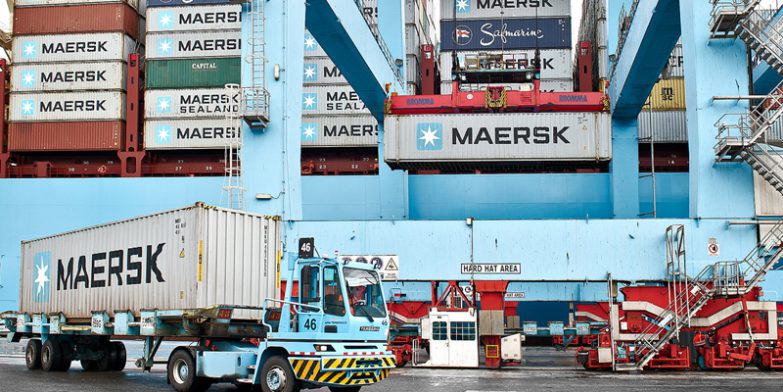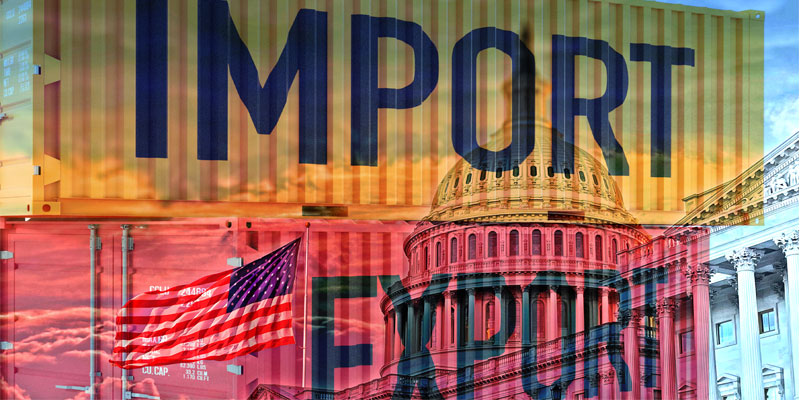
The Maritime Commission, the US body responsible for the regulation of ocean carriers and intermediaries, is intensifying its monitoring of shipping alliance activity on the trans-Pacific and trans-Atlantic trades.
The FMC’s regulators are increasing their monitoring of the three major global shipping alliances, requiring them to provide carrier-specific trans-Pacific and trans-Atlantic data monthly rather than quarterly.
The FMC’s monitoring decision comes as global regulators are increasing their scrutiny of container lines, with South Korean authorities warning carriers not to prioritise higher-paying Chinese exports, and Chinese regulators suggesting that carriers inject more capacity and less aggressively raise rates.
The FMC informed carriers and vessel-sharing alliances in September that it was closely monitoring blank sailings, utilisation of equipment, and “revenue trends” in the eastbound trans-Pacific.
Shipping alliances share global service coverage and reduce costs for lines and shippers through shared resources like networks, port terminals, and ships along specific routes, utilising the resources of members effectively.
The alliances have brought mega-ship and mega port benefits to global shippers in the form of better use of resources, reduced operational costs, expansion of service coverage, and optimisation, which all contribute to better economies of scale.
While the alliances are restricted by US regulators to market or sell services jointly, in practice the individual alliances compete with each other, as do the carriers within each alliance.
Together the Alliances’ control 77% of global container capacity and 96% of all East-West trades’ so it is little surprise that they receive the highest scrutiny from global regulators.
We negotiate rates and volume agreements with a broad portfolio of carriers, across the three alliances, to offer our shippers the widest range of service offerings, port-pairings and rates.





